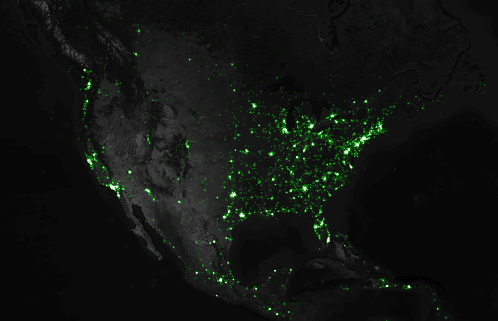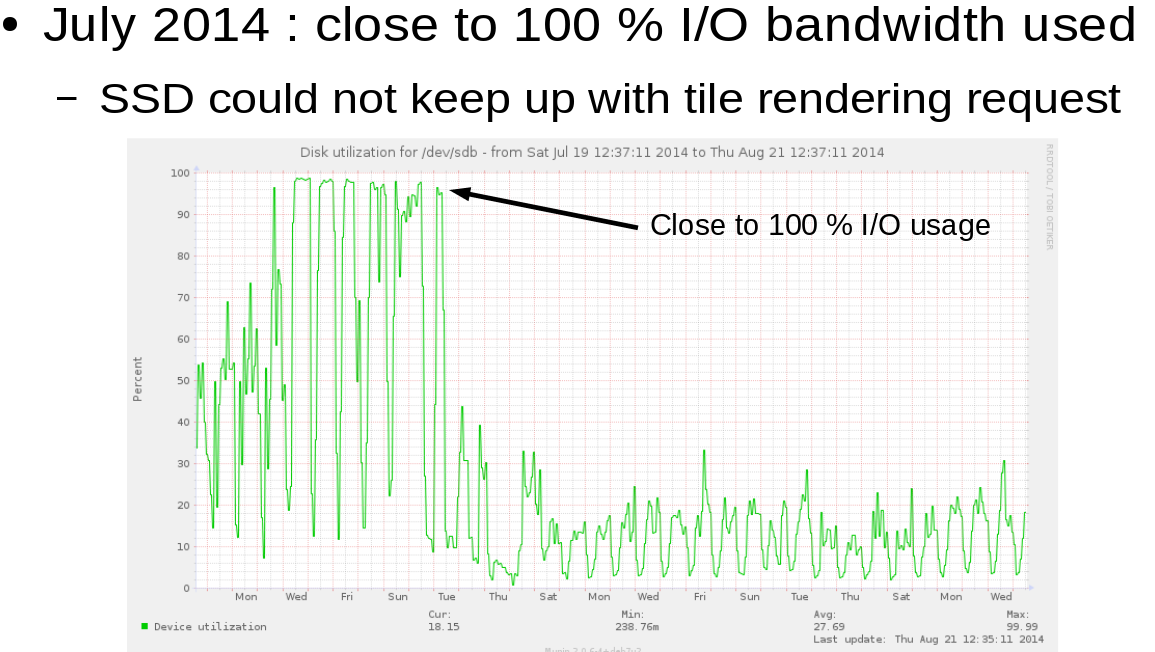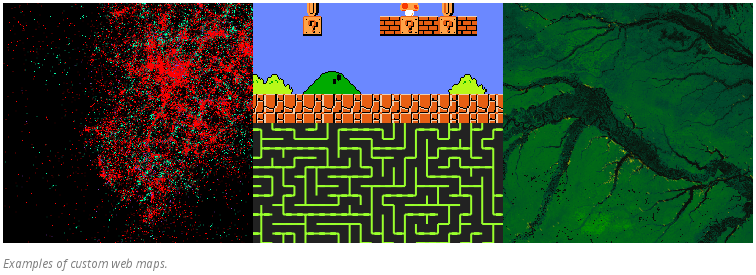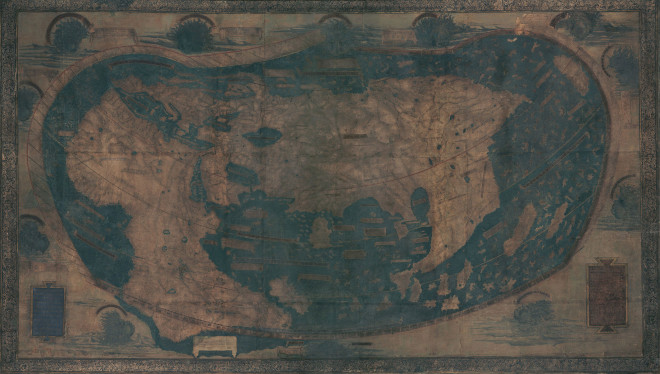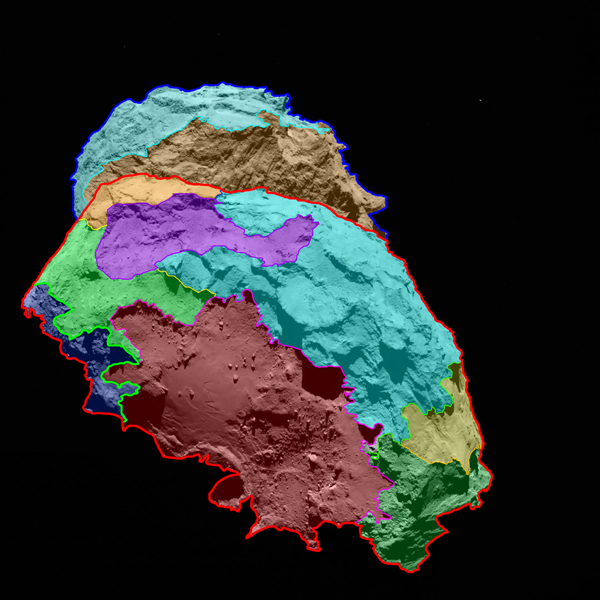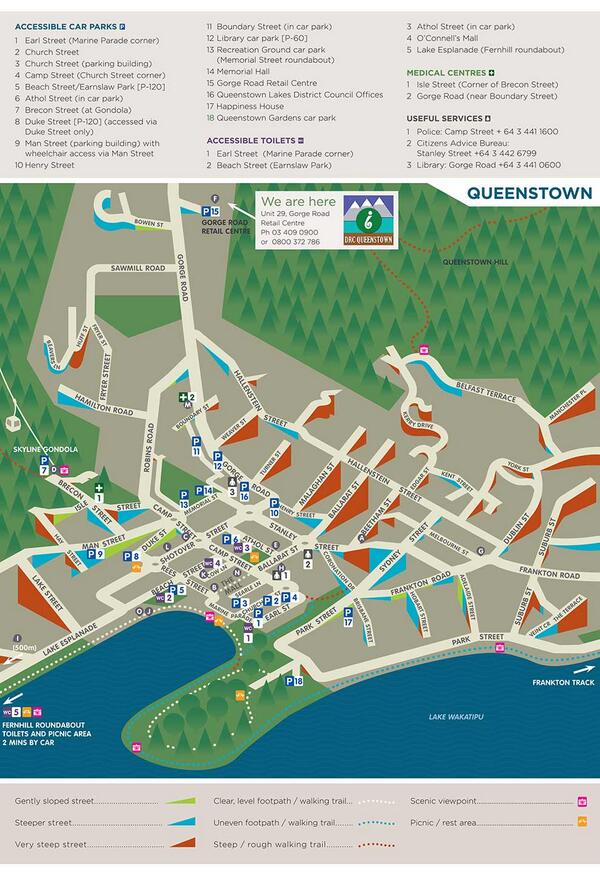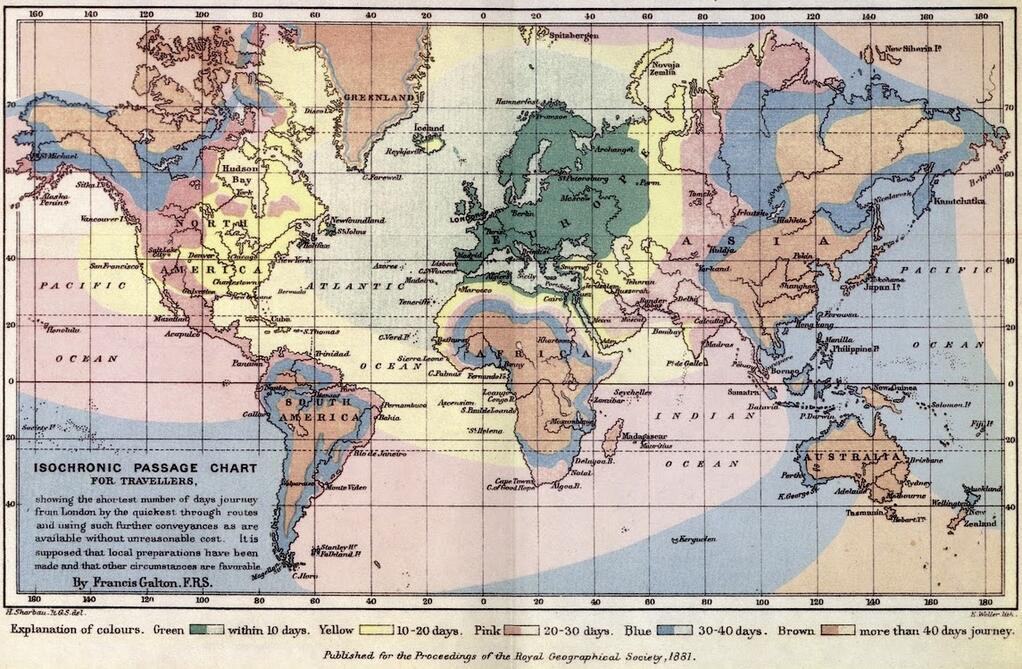Interactive Map: First World War: A Global View by UkNatArchives.
From the pop-up when you visit the map:
A global view
Explore the global impact of the First World War through our interactive map, which highlights key events and figures in countries from Aden to Zanzibar. Drawn directly from our records at The National Archives, the map aims to go beyond the trenches of the Western Front and shows how the war affected different parts of the world.
The First World War: A global view is part of our First World War 100 programme. It currently focuses on the contributions of the countries and territories that made up the British Empire during wartime. We will continue to develop the map over the next four years, to show more countries and territories across Europe, the Middle East, the Americas, Africa and Asia.
About this map
To get started, select a country or territory by clicking on a marker Map maker icon on the map, or select a name from the list on the left. Navigate through the tabs to read about battles, life on the Home Front and much more. Each country or territory is illustrated with images, maps and other documents from our collections. Click on the references to find key documents in Discovery, our catalogue, or images in our image library.
To reflect changing borders and names since 1914, we have provided two map views. Switch between the global map as it was during wartime, and as it is today, by using the buttons at the top of the map.
My assumptions about certain phrases do jump up to bite me every now and again. This was one of those cases.
I think I know what is meant by “First World War,” and “A Global View.” And even the language about “changing borders and names since 1914,” makes sense given the rise of so many new nations in the last century.
Hence, my puzzlement when I looked at the Country/Territory list only to see:
| Aden |
Jamaica |
| Anglo-Egyptian Sudan |
Leeward Islands |
| Ascension Island |
Malaya |
| Australia |
Maldives |
| Barbados |
Malta |
| Bermuda |
Mauritius |
| Britian |
New Zealand |
| British East Africa |
Newfoundland |
| British Gold Coast |
Nigeria |
| British Honduras |
Northern Rhodesia |
| British New Guinea and German New Guinea |
Nyasaland |
| British North Borneo and Sarawak |
Pacific Islands |
| Burma |
Seychelles |
| Canada |
Sierra Leone |
| Ceylon |
Straits Settlements |
| Cocos (Keeling) Islands |
Southern Rhodesia |
| Cyprus |
St Helena |
| Egypt |
The Gambia |
| Falkland Islands |
Trinidad and Tobago |
| Gibraltar |
Uganda |
| Hong Kong and Wei-Hai-Wei |
Windward Islands |
| India |
Zanzibar |
In my history lessons, I had learned there were many other countries that were involved in World War I, especially from a “global” view. 😉
My purpose is not to disagree with the definition of World War I or “global perspective” used by the UK National Archive. It is their map and they are free to use whatever definitions seem appropriate to their purpose.
My point is that even common phrases, such as World War I and “global perspective” can be understood in radically different ways by different readers of the same text.
For an American class, I would re-title this resources as England and its territories during World War I. To which a UK teacher could rightly reply, “That’s what we said.”
More examples of unexpected semantic dissonance welcome!
PS: You should be following The National Archives (UK). Truly a remarkable effort.
